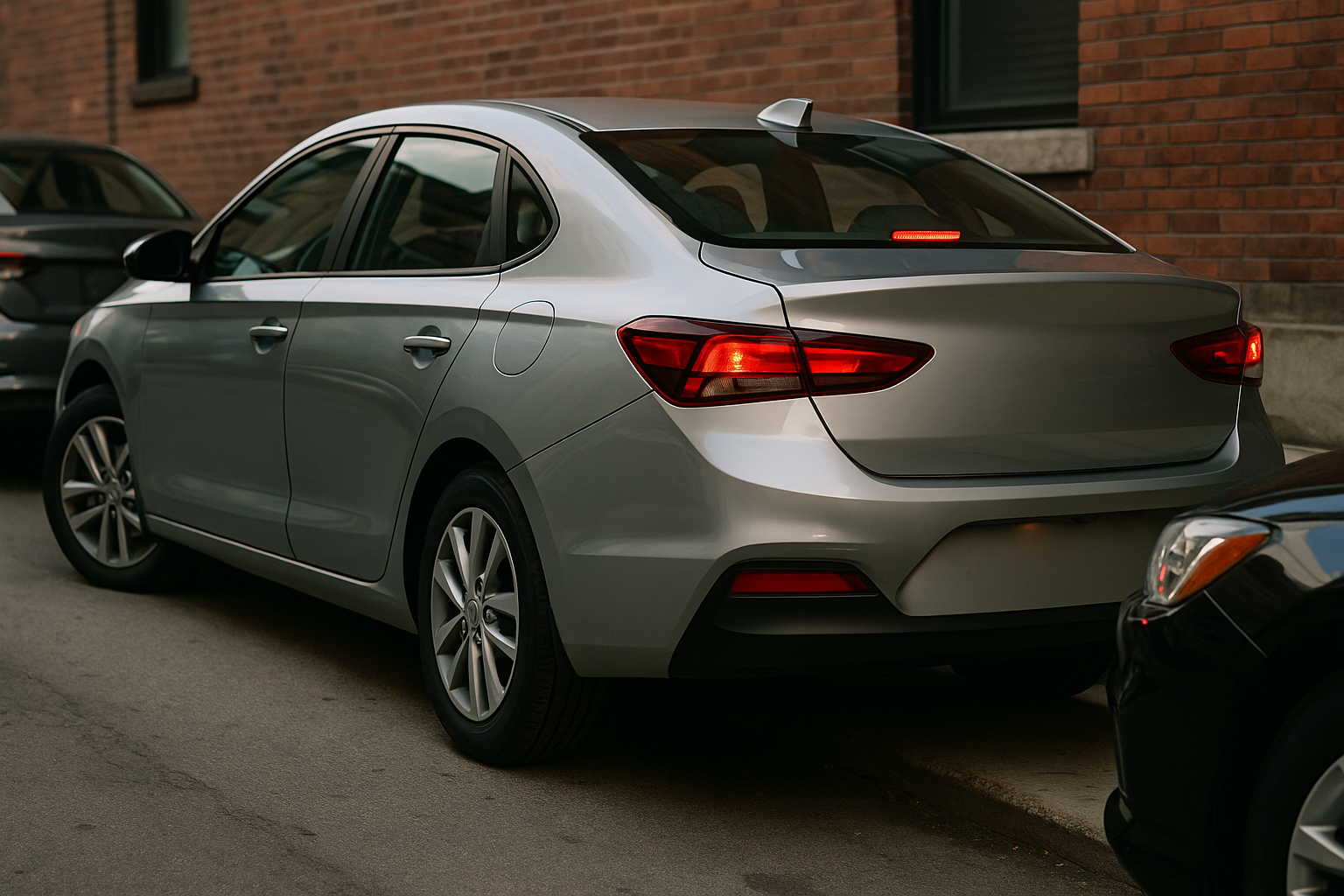Hook: Struggling to squeeze into tight city spots? With this step-by-step parallel parking guide and expert parking tips for beginners, you’ll nail every parallel park like a pro—no more circling the block or awkward three-point turns.
- Understand the ideal reference points and car positioning
- Follow our simple four-step parking process
- Learn pro tips to overcome common beginner mistakes
Why Parallel Parking Matters
Parallel parking is an essential urban driving skill—mastering it saves time, avoids parking tickets, and reduces stress when spots are scarce. Whether you’re in a crowded downtown district or a busy residential street, a solid parking tips for beginners routine keeps you confident and in control.
Step-by-Step Parallel Parking Guide
1. Find the Right Spot & Position Your Car
Choose a space at least one-and-a-half times your car’s length. Pull up alongside the car in front of the spot, aligning bumpers and leaving about 2 feet of gap. Keep your wheels straight and your turn signal on to alert other drivers.
2. Reverse into the Spot
Shift into reverse and look over your shoulder. Slowly back up, turning your steering wheel sharply toward the curb. Aim your rear passenger-side window at the back corner of the front car. Move at a walking pace—precision beats speed.
3. Straighten & Continue Backing
When your front wheel aligns with the curb car’s rear bumper, center your steering wheel and continue reversing straight until your front bumper clears the back bumper of the car ahead. Check mirrors to avoid scraping the curb.
4. Angle Back In & Center Your Car
Turn your wheel sharply away from the curb and back in until your car is parallel with the curb. Adjust forward or backward as needed to center in the space, maintaining roughly 6–12 inches from the curb.
Pro Tips & Advanced Tricks
- Use reference points: Mark your sightline (mirror, window frame) for consistent angles.
- Pencil trick: Imagine your car as a pencil—rotate around a fixed pivot point to control the arc.
- Practice in empty lots: Set cones at car-width intervals to simulate real spots.
- Steering control: Make deliberate, full-turns of the wheel—partial turns often under-steer you out of alignment.
- Maintain slow speed: A steady crawl gives you time to correct without banging the curb or neighboring car.
Common Pitfalls to Avoid
- Too much distance from curb: Leaving too large a gap can make exiting difficult and may invite parking tickets.
- Overturning the wheel: Straying past the ideal pivot point forces you to correct twice, increasing risk of collision.
- Relying solely on mirrors: Peripheral blind spots can hide curb proximity—glance over your shoulder to confirm clearance.
FAQs
- Q1: How close to the curb should I be?
- A1: Aim for 6–12 inches between your passenger-side tires and the curb—close enough to be safe, but not touching.
- Q2: What if there’s no car behind me to align with?
- A2: Use a fixed reference point like a sidewalk joint or painted line; practice estimating the proper pivot distance.
- Q3: Can parallel parking be done in a manual transmission car?
- A3: Yes—treat the clutch like your brake for very low-speed control and keep the clutch engaged to avoid stalling.
Conclusion & Next Steps
By following this parallel parking guide and incorporating these parking tips for beginners, you’ll conquer the tightest spots with ease. Practice each step slowly, refine your reference points, and soon you’ll parallel park confidently every time. Ready to claim that curb-side spot? Head out and give it a try!
